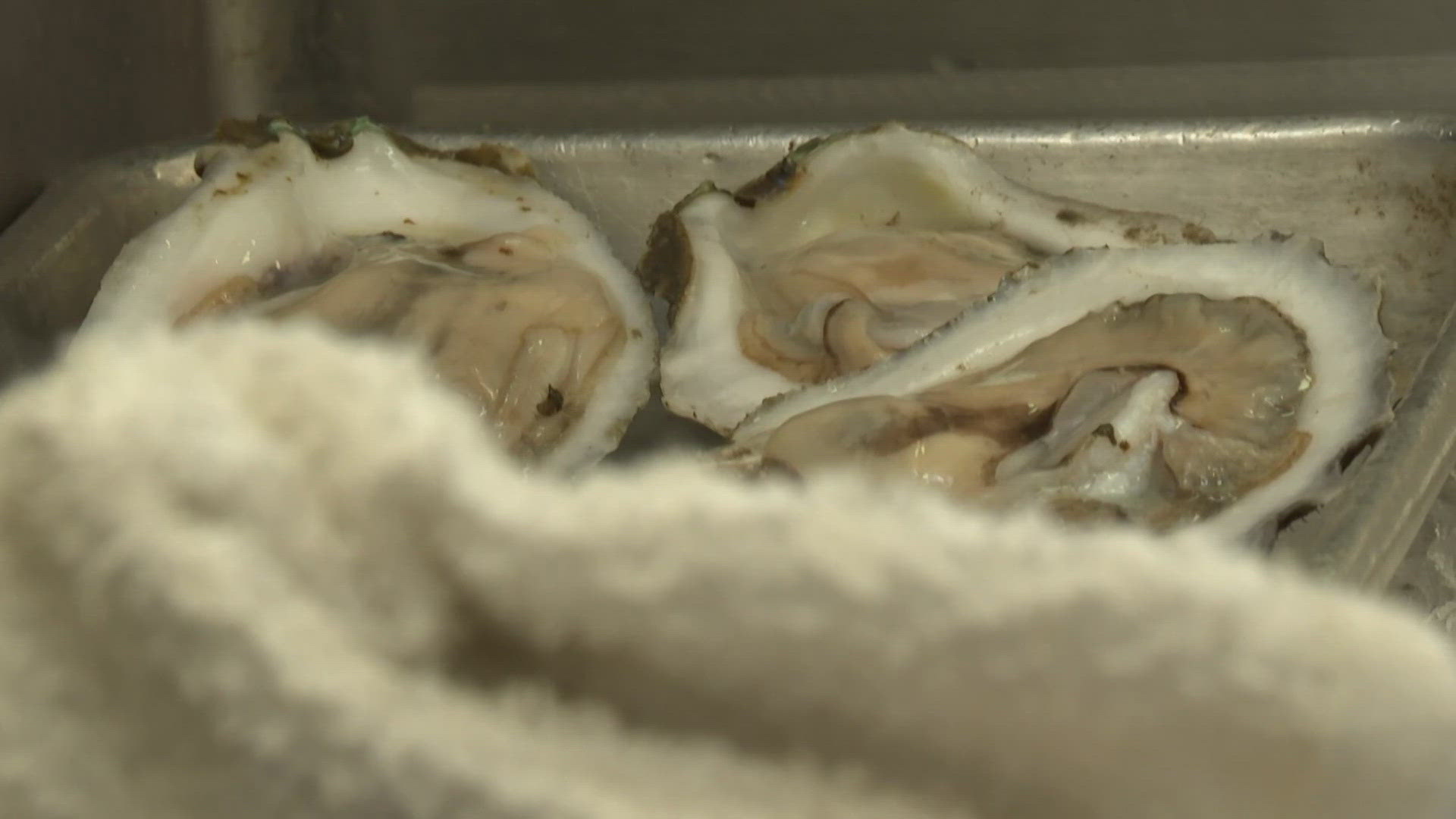The consumption of raw seafood has long been considered a delicacy in many parts of the world, but recent events have once again highlighted the dangers that can accompany this practice. Health authorities have confirmed that two individuals lost their lives after ingesting raw oysters contaminated with a dangerous strain of flesh-eating bacteria. These incidents serve as a stark reminder of the potential health risks associated with eating uncooked shellfish, particularly when proper handling and storage precautions are not observed.
As per the authorities, the individuals ate the uncooked oysters at various venues, but both incidents resulted in a similar conclusion. Both individuals fell seriously sick shortly after consuming the meal, and even though they underwent medical care, neither survived the intense infection. The microorganism causing these deaths is recognized for its fast advancement and potential to trigger dangerous complications within hours of contact.
Healthcare professionals have discovered that the pathogen is Vibrio vulnificus, a bacterium that naturally thrives in warm oceanic waters. Although the presence of this microorganism is not rare in marine habitats, infections in people are infrequent. Nonetheless, when such infections do develop, they can be highly severe, particularly for those with compromised immune systems or pre-existing medical conditions. The bacterium can invade the bloodstream and prompt sepsis, resulting in a significant fatality rate if not promptly managed.
Health officials have stressed that the danger does not come from all oysters, but rather from those that have been harvested from waters where Vibrio bacteria thrive. These bacteria multiply in warm temperatures, making the summer and early fall months particularly risky for consuming raw shellfish. In most cases, proper cooking kills the bacteria and eliminates the threat, which is why experts strongly advise against eating raw or undercooked seafood during these times of the year.
The recent deaths have reignited discussions about food safety regulations and the importance of consumer awareness. While many seafood enthusiasts believe that raw oysters are safe as long as they come from reputable suppliers, the truth is that even oysters harvested from monitored waters can still carry harmful pathogens. Public health agencies recommend that restaurants and seafood markets follow strict handling guidelines, including keeping shellfish properly refrigerated and avoiding cross-contamination.
Beyond food handling, there is an increased call for individuals to understand their personal risk factors before consuming raw shellfish. People with liver disease, diabetes, or compromised immune systems are particularly vulnerable to Vibrio infections. In these individuals, even a small exposure to the bacteria can lead to catastrophic health consequences. Doctors encourage high-risk patients to avoid eating raw oysters altogether, no matter how fresh or high-quality they may appear.
Symptoms of Vibrio infection typically begin within 24 to 48 hours after ingestion and can include nausea, vomiting, diarrhea, abdominal pain, and fever. In more severe cases, the infection can progress rapidly, causing blistering skin lesions, tissue necrosis, and septic shock. This is why immediate medical attention is crucial if someone develops these symptoms after eating raw seafood. Early treatment with powerful antibiotics can sometimes save lives, but delays in seeking care can be fatal.
Health agencies in various states are conducting inquiries to identify the origin of the tainted oysters associated with these incidents. Authorities are collaborating with both suppliers and distributors to determine the source of the seafood and to avert additional health issues. In the meantime, the public has been alerted, advising individuals to be vigilant and to think about cooking oysters completely prior to eating.
Certain specialists propose stricter labeling standards for uncooked seafood items. Labels that explicitly detail the dangers of consuming raw oysters, akin to the cautionary messages on cigarette packs, might contribute to decreasing the annual infection rates. Meanwhile, some support implementing seasonal bans on the sale of raw oysters during the hottest months, a period when Vibrio bacteria are most abundant in coastal environments.
While these tragic deaths are relatively rare compared to the millions of servings of oysters consumed annually, they underscore the importance of understanding the risks associated with raw seafood. For many, the allure of fresh, raw oysters may seem worth the gamble, but as these cases illustrate, the consequences can be severe and irreversible. Public health officials hope that by sharing these warnings and reinforcing safe food practices, future tragedies can be prevented.
The responsibility for safety falls on multiple parties: suppliers must ensure proper harvesting and storage conditions, restaurants must follow stringent health protocols, and consumers must make informed choices about what they eat. Cooking oysters thoroughly is the most reliable way to eliminate harmful bacteria, making them safe for everyone to enjoy without fear of infection.
These recent cases serve as a powerful reminder that while raw seafood may be a culinary tradition, it carries inherent dangers that should never be underestimated. With the right precautions and awareness, it is possible to enjoy seafood without putting health and lives at risk. For those who value safety over tradition, a simple decision—to cook rather than consume raw—could make all the difference.


:max_bytes(150000):strip_icc()/grouptherapy-5a492739eb4d52003730a56d.jpg)

